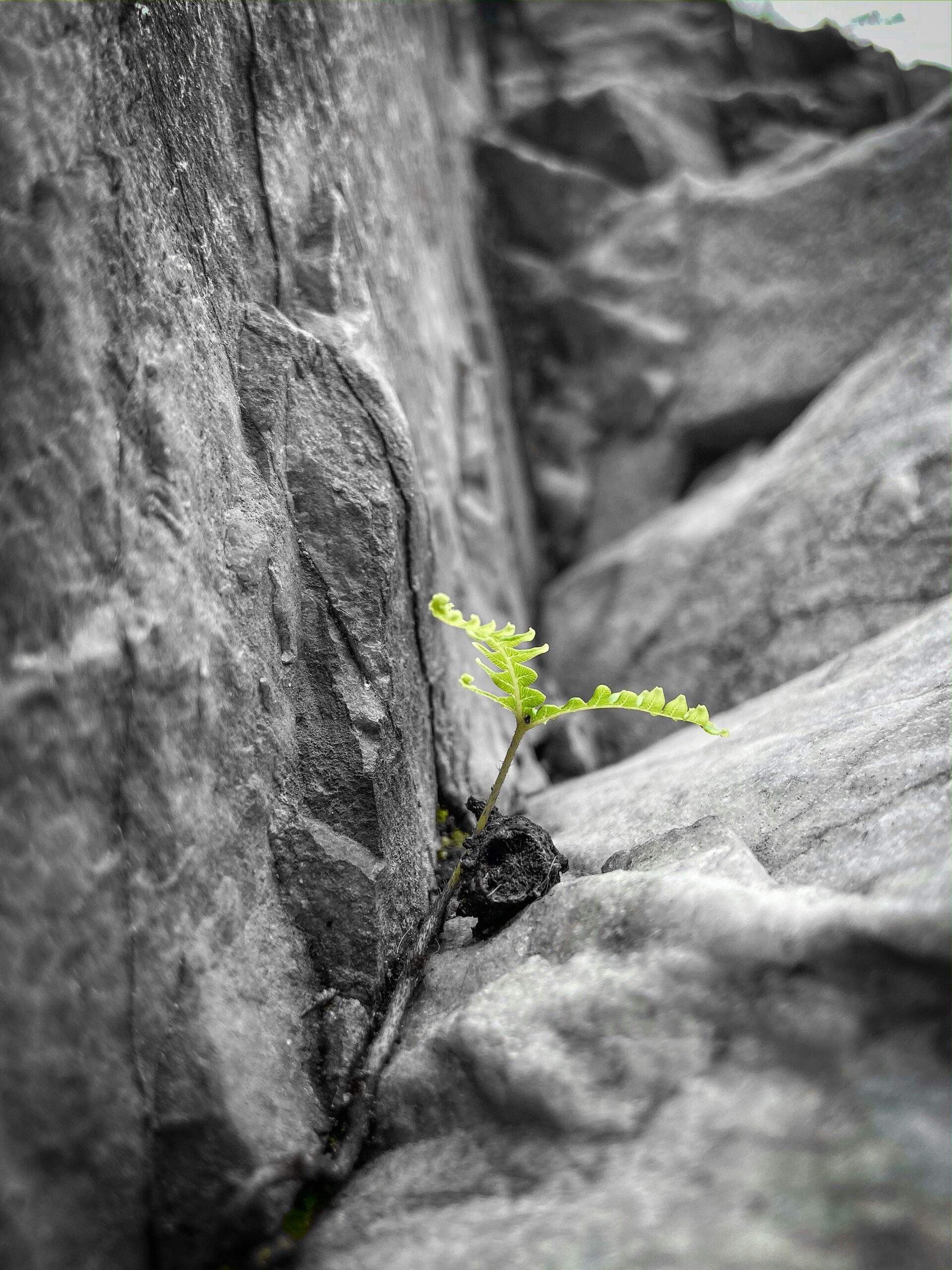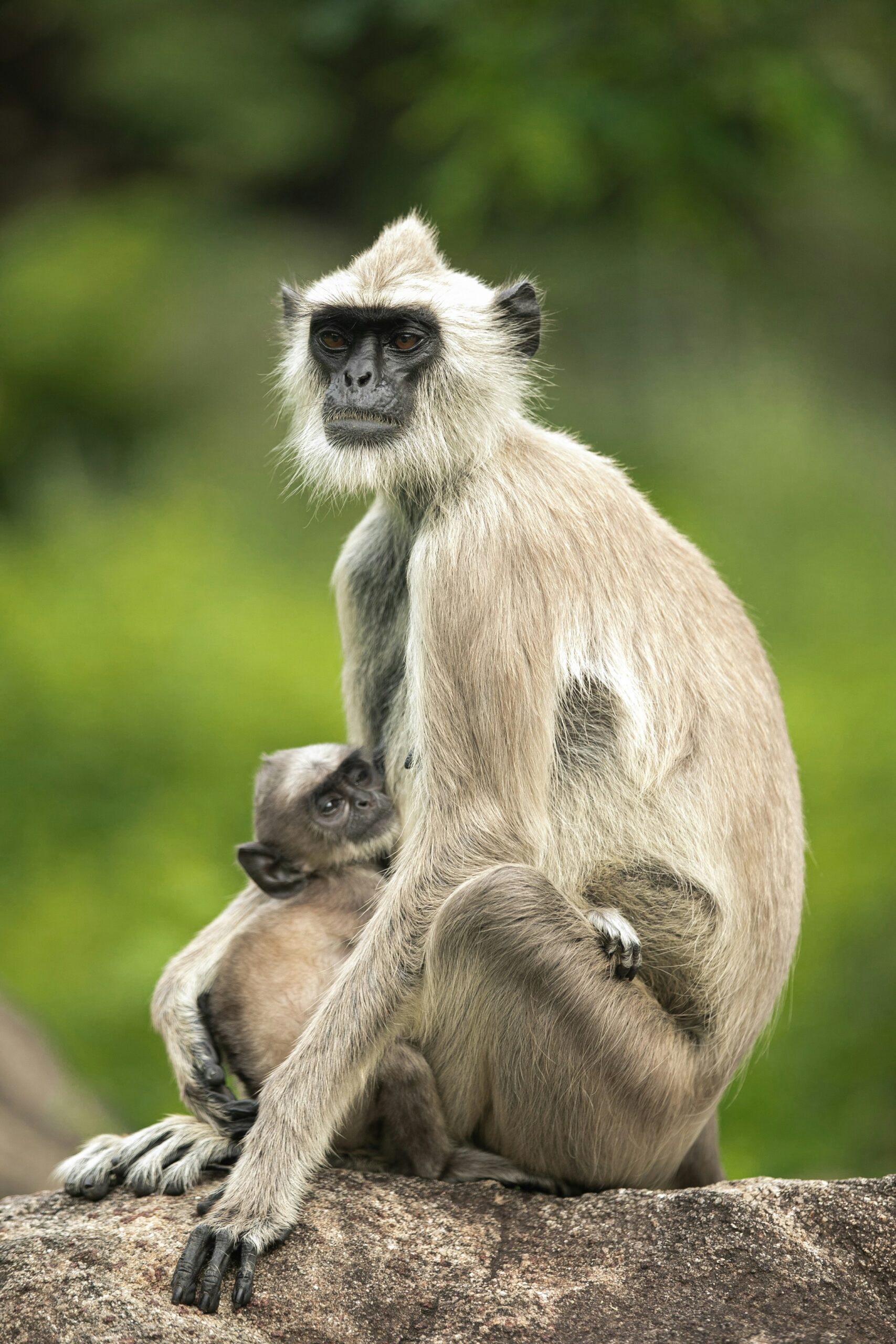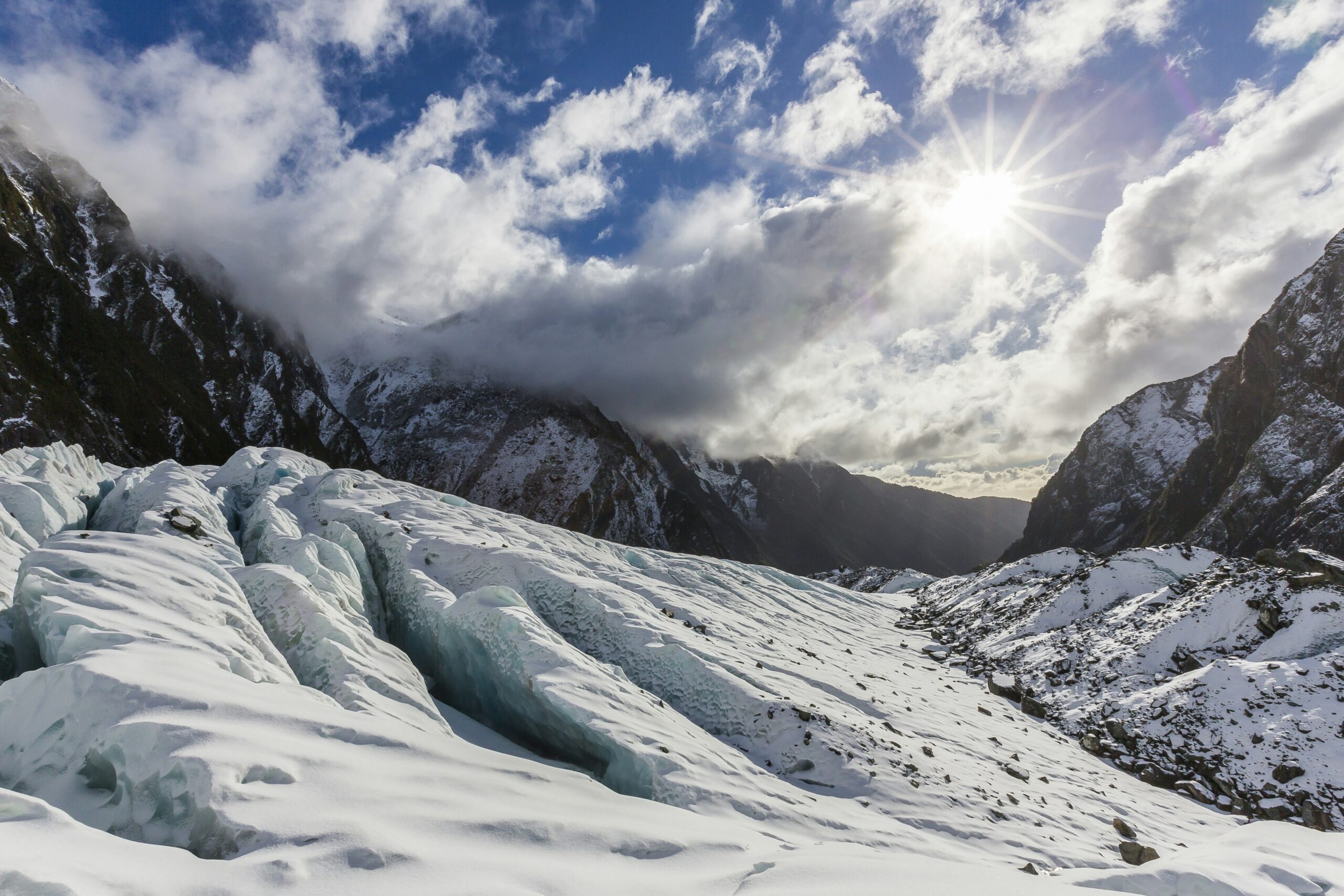In the aftermath of a disaster, finding or creating a source of food becomes a crucial challenge. With disrupted supply chains and limited access to resources, it’s important to consider innovative solutions. From foraging for edible plants to learning basic survival skills like fishing or hunting, exploring various options can help you sustain yourself in a post-disaster scenario. So, let’s delve into some practical strategies that can assist you in finding or creating a source of food when the conventional means are no longer available.

Understanding Post-Disaster Environments
The impact of disasters on existing food sources
In a post-disaster scenario, the availability and accessibility of food sources can be significantly disrupted. Disasters such as hurricanes, earthquakes, or floods can destroy crops, contaminate water sources, and disrupt supply chains, leading to food scarcity. The impact is particularly severe in areas heavily reliant on agriculture or where infrastructure is severely damaged. Understanding the extent of the damage and the specific challenges posed by the disaster is crucial in assessing the existing food sources.
Nutritional needs in post-disaster scenarios
In a post-disaster environment, it is essential to recognize the importance of meeting your nutritional needs to ensure survival and overall well-being. Disasters often increase stress levels, physical exertion, and susceptibility to illness, making it crucial to consume nutrient-dense foods that support energy levels, immune function, and overall health. Understanding the specific nutritional needs during this challenging time is vital to maintain physical strength and resilience.
Factors affecting food availability in post-disaster scenarios
Several factors influence food availability in a post-disaster scenario. The extent of damage to infrastructure, such as roads and markets, affects the transportation and distribution of food. Contamination of water sources can make it challenging to access safe drinking water and cook food safely. Additionally, seasonal and regional factors, such as climate and geography, play a role in determining what food sources are available. Understanding these factors is key to strategizing and planning for sourcing and acquiring food in a post-disaster environment.
Importance of Safe and Nutritious Food
The role of nutrition in survival
Nutrition plays a vital role in ensuring survival and overall well-being in a post-disaster scenario. Adequate nutrition supports immune function, helps fight off infections, and aids in recovering from physical exertion or injuries. Proper nutrition also maintains cognitive function, allowing for better decision-making and problem-solving abilities in times of crisis. Consuming a balanced diet rich in essential nutrients is crucial to sustain energy levels, promote physical health, and enhance overall resilience.
Recognizing safe and unsafe foods
In a post-disaster scenario, it is crucial to be able to distinguish between safe and unsafe foods to prevent foodborne illnesses. Contaminated or spoiled foods can lead to severe illness and further compromise an already strained immune system. It is important to know the signs of food spoilage, such as foul odors, unusual textures, and visible mold or bacterial growth. Additionally, understanding proper food storage techniques, such as keeping perishable items refrigerated or frozen, can help maintain food safety and minimize the risk of consuming unsafe foods.
Hygiene principles in sourcing and preparing food
Maintaining proper hygiene practices is imperative in both sourcing and preparing food in a post-disaster environment. In a situation where water and sanitation systems may be compromised, it is essential to prioritize handwashing with clean water and soap or using hand sanitizers before handling food. Cleaning and disinfecting utensils, cooking surfaces, and food preparation areas is equally important to prevent cross-contamination. Adhering to these hygiene principles reduces the risk of foodborne illnesses and helps maintain good health in challenging circumstances.
Scavenging for Food Safely
Types of edible and non-edible foods in the aftermath
In the aftermath of a disaster, it may become necessary to scavenge for food as traditional food sources may be limited or inaccessible. It is essential to be able to identify edible plants, fruits, and nuts that can provide sustenance. Additionally, understanding the difference between edible and non-edible foods, such as poisonous plants or contaminated produce, is crucial to ensure safety and prevent illness. Knowledge of local flora and basic foraging principles can greatly enhance the ability to scavenge for food safely.
How to scavenge safely
When scavenging for food in a post-disaster scenario, it is important to prioritize personal safety and minimize risks. Always be cautious of unstable structures, hazardous materials, or potential dangers in the area. Use gloves and other protective gear to handle debris or potential contaminants safely. Avoid scavenging from areas that may have been exposed to chemicals, pollutants, or sewage. It is recommended to consult with local authorities or experts, if available, to identify safe scavenging areas and obtain guidance on potential risks.
How to identify potentially harmful substances or toxins
In a post-disaster scenario, certain substances or toxins may be present in the environment, posing health risks if ingested through scavenged food. Knowing how to identify potential hazards is crucial. Look for signs of chemical spills, leakage, or contamination in the surrounding area. Be wary of crops or vegetation growing near industrial sites or areas where hazardous materials may have been stored. If in doubt, seek professional guidance or consult reputable resources to identify potential toxins and ensure safe consumption of scavenged food.
Foraging for Food
Methods for finding edible plants and berries
Foraging for edible plants and berries can be a valuable skill in a post-disaster environment. Familiarize yourself with the local flora and learn to identify wild edible plants and berries. Look for commonly found species such as dandelions, wild berries, or edible mushrooms. Acquiring knowledge about different plant parts, seasons, and habitats will increase your chances of successfully finding and utilizing these natural food sources.
Knowledge of poisonous species
While foraging for food, it is equally important to be able to identify poisonous species to avoid any health risks. Take the time to learn about the poisonous plants or berries that are prevalent in your area. Be vigilant when foraging and always cross-reference your findings with reliable resources or consult local experts to confirm the safety of specific plants or berries. By understanding poisonous species, you can ensure the safety of your foraged food and avoid potential harm.
Use of tools and methods in foraging
To enhance your foraging skills, it can be helpful to utilize tools and methods that facilitate the process. A plant identification guidebook or a mobile app can assist in identifying edible plants and their uses. Basic gardening tools such as pruning shears or a small shovel can be handy for harvesting certain plants or digging up edible roots. Learning different foraging techniques, such as using baskets or bags to collect plant materials, can also improve efficiency and ease in the foraging process.

Hunting and Fishing for Food
Basic hunting techniques
Hunting for food can provide a reliable source of protein in a post-disaster scenario. Basic hunting techniques can help you secure sustenance in areas where wild game is available. Learn about hunting regulations, licenses, and local restrictions to ensure compliance with the law. Acquiring basic hunting skills such as tracking, camouflage, and understanding animal behavior will increase your chances of success. Researching efficient hunting tools and methods, such as bows, rifles, or traps, can also make your hunting endeavors more effective.
Understanding animals’ behavior in food scarcity
During a food scarcity situation, understanding animal behavior becomes crucial in locating and hunting game. Animals will likely alter their usual patterns to find food sources, so it is important to observe and adapt. Learning about local wildlife and their preferred habitats, feeding grounds, and migration patterns can provide valuable insights into their behavior during times of food scarcity. By understanding animal behavior, you can strategically position yourself and increase your chances of successful hunting.
Fishing techniques and identifying edible fish species
Fishing can be an excellent way to procure food in a post-disaster environment, especially in areas with water bodies. Basic fishing techniques such as using nets, fishing lines, or traps can help you catch edible fish for sustenance. Additionally, learning to identify edible fish species and understanding their habitat preferences will enable you to fish more effectively. Familiarize yourself with local fishing regulations, licenses, and any restrictions to ensure responsible and sustainable fishing practices.
Creating a Post-Disaster Garden
Choosing the right location for a post-disaster garden
Creating a post-disaster garden can provide a sustainable source of fresh produce, even in challenging circumstances. When selecting a location for your garden, consider factors such as sunlight exposure, soil quality, and water availability. Choose a spot that receives adequate sunlight throughout the day and has well-drained soil. If access to water is limited, explore alternative irrigation methods such as rainwater harvesting or efficient watering techniques to maximize water usage.
Choosing and sourcing seeds for survival gardening
In a post-disaster scenario, it is essential to have access to the right seeds for survival gardening. Opt for heirloom or non-GMO seeds that are adapted to your local climate and conditions. These seeds have the advantage of being more resilient and can increase your chances of successful harvests. Acquire seeds from reputable sources or consider preserving seeds from your own produce for future planting. Building a seed bank or exchanging seeds with other gardeners can also be beneficial in diversifying your garden and increasing your chances of success.
Building a no-till garden for increased yield and soil health
In a post-disaster setting, creating a no-till garden can offer numerous benefits. A no-till garden minimizes soil disturbance and erosion, increases water retention, and promotes the growth of beneficial organisms. Start by preparing the soil with organic matter such as compost, leaf litter, or aged manure to improve its fertility. Plant crops in raised beds or containers, using companion planting techniques to maximize space and deter pests. Mulching with organic materials will help suppress weeds, conserve moisture, and gradually improve soil health over time.

Preserving and Storing Food
Techniques for food preservation
Preserving food is vital in a post-disaster scenario to extend the shelf life of perishable items and ensure a continuous food supply. Several food preservation techniques can be employed, depending on the available resources and circumstances. Canning, dehydrating, fermenting, and smoking are all effective methods to preserve food. Each technique requires specific equipment and knowledge to ensure safe and efficient preservation. Research and learn about these techniques to determine the most suitable method for preserving food based on your situation.
Creating a post-disaster pantry
Having a well-stocked post-disaster pantry is essential for long-term food security. Start by assessing your nutritional needs and creating a list of essential items with a longer shelf life. Include a variety of non-perishable food items such as grains, canned goods, dried fruits, and nuts. Consider storing water, cooking oils, spices, and condiments to enhance the flavor and versatility of your meals. Regularly rotate food items to maintain freshness and adjust your inventory based on changing needs and availability.
Ensuring longevity and preventing food spoilage
To ensure the longevity of stored food and prevent spoilage, several practices can be adopted. Store food in a cool, dry, and dark environment to minimize exposure to light, humidity, and temperature fluctuations. Use airtight containers or vacuum-sealed bags to prevent moisture or pests from contaminating the food. Regularly inspect stored items for signs of spoilage such as mold, pests, or uncharacteristic odors. Label and organize your pantry to maintain an inventory of stored food, making it easier to track expiration dates and rotate items as needed.
Sharing and Trading Food
Ethics of sharing in disaster scenarios
In a post-disaster scenario, practicing ethical values such as compassion, empathy, and solidarity becomes crucial when sharing food resources. Recognize that there may be individuals or communities facing more significant struggles and prioritize sharing with those in need. Avoid hoarding or taking more than what is required, as this may further exacerbate the food shortage for others. Be mindful of cultural and dietary preferences, allergies, and sensitivities when sharing, and ensure the food is safe for consumption.
Trading food and other commodities in post-disaster economies
In post-disaster economies, establishing systems of trade and barter can help meet a range of needs, including food sourcing. Trading excess food or other commodities can enable individuals or communities to obtain necessary items or diversify their food sources. Identify communal spaces or networks where trading can take place safely and openly. Establish fair and equitable trade practices, ensuring that both parties benefit from the exchange. The promotion of a resilient and cooperative post-disaster economy fosters community resilience and fosters long-term sustainability.
Creating alliances for food sharing and sourcing
Building alliances and forming networks within the community or with neighboring communities is instrumental in food sharing and sourcing efforts. Join local community organizations, gardening clubs, or disaster relief groups that focus on food security and resilience. Collaborate and share resources, knowledge, and labor to enhance collective food production, storage, and distribution. By working together, communities can leverage their strengths and overcome challenges to ensure a more robust and sustainable food system during and after a disaster.
Potential Hazards in Food Sourcing
Risks in hunting and fishing
While hunting and fishing can provide valuable food sources, there are inherent risks associated with these activities. Hunting in unfamiliar territory or without proper skills and knowledge can lead to accidents or injuries. Use caution and follow safety guidelines when handling firearms or other hunting equipment. Similarly, fishing in hazardous conditions, contaminated waters, or without proper equipment can pose risks. Prioritize personal safety and stay informed about local hunting and fishing regulations to minimize potential hazards.
Hazards of foraging for food
Foraging for food in a post-disaster scenario can expose individuals to various hazards. Misidentifying toxic plants or berries can result in severe poisoning. Avoid foraging near industrial sites, polluted areas, or locations prone to chemical contamination. Be cautious of wildlife encounters, such as venomous snakes or aggressive animals, when venturing into unfamiliar territories. Wear appropriate protective gear, carry essential tools, and be aware of your surroundings to mitigate potential risks while foraging for food.
Risks in scavenging for food and how to minimize them
Scavenging for food in the aftermath of a disaster carries its own set of risks that need to be minimized. Potential hazards include unstable structures, sharp objects, or hazardous materials in debris. Ensure personal safety by wearing appropriate protective gear, such as gloves and sturdy footwear. Avoid areas that may have been exposed to chemicals or contaminated substances. Minimize physical risks by being cautious, using teamwork when possible, and adhering to safety guidelines. Prioritize personal well-being and consider consulting with local authorities for guidance on safe scavenging practices.
Developing Self-Sustainability
Implementing permaculture principles
Permaculture principles provide a framework for creating sustainable and self-sufficient food systems. By implementing permaculture principles, you can design and manage your post-disaster environment in a way that mimics natural ecosystems and maximizes resource efficiency. Incorporate elements such as diverse plantings, composting, rainwater harvesting, and natural pest control techniques into your gardening practices. These strategies promote ecological balance, reduce dependence on external inputs, and enhance the long-term sustainability of your food production efforts.
Learning sustainable hunting, fishing, and foraging
To achieve self-sustainability in food sourcing, it is essential to acquire knowledge and skills in sustainable hunting, fishing, and foraging practices. Stay informed about hunting and fishing regulations, ensuring responsible and ethical practices. Educate yourself about the principles of sustainable foraging, such as only harvesting a portion of a plant or leaving enough for regeneration. Learn to identify invasive or non-native species that may threaten local ecosystems. By adopting sustainable practices, you can help protect natural resources and preserve the balance of the environment.
Developing skills for long-term survival and self-sufficiency
Developing a wide range of skills beyond food sourcing is crucial for long-term survival and self-sufficiency in a post-disaster scenario. Acquire knowledge in areas such as water purification, first aid, basic construction, and renewable energy systems. Enhance your problem-solving and adaptability skills to tackle unforeseen challenges. Seek opportunities for training, attend workshops, or join communities that prioritize self-sufficiency and resilience. By continuously expanding your skillset, you become better prepared to navigate the complexities of a post-disaster environment and thrive in the face of adversity.
In conclusion, understanding how to find or create a source of food in a post-disaster scenario is paramount for survival and well-being. By recognizing the impact of disasters on food sources, understanding nutritional needs, and adopting safe food practices, you can navigate the challenges of a post-disaster environment. Learning techniques for scavenging, foraging, hunting, and fishing, as well as creating a post-disaster garden, can provide sustainable food sources. Preserving and storing food, sharing and trading resources, and considering potential hazards further enhance your resilience. Ultimately, developing self-sustainability through permaculture principles and acquiring diverse skills for long-term survival ensures self-sufficiency and prepares you for the uncertainties of a post-disaster scenario.

